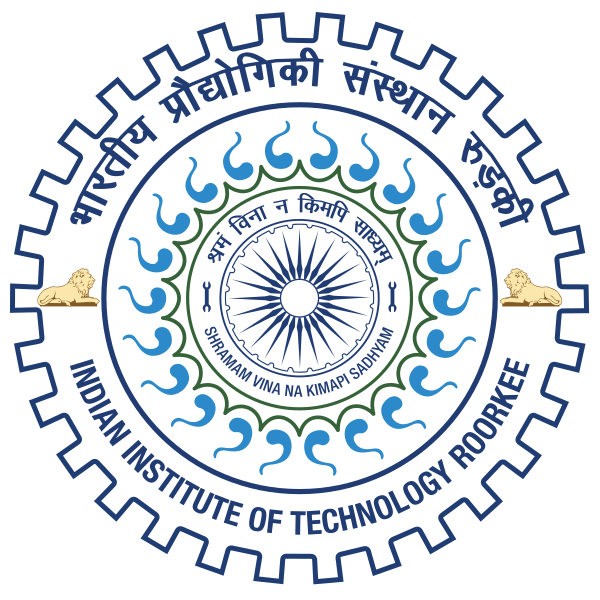Please use this identifier to cite or link to this item:
http://localhost:8081/jspui/handle/123456789/1121Full metadata record
| DC Field | Value | Language |
|---|---|---|
| dc.contributor.author | SHABIH AHMAD, Shabih | - |
| dc.date.accessioned | 2014-09-22T07:19:37Z | - |
| dc.date.available | 2014-09-22T07:19:37Z | - |
| dc.date.issued | 1982 | - |
| dc.identifier | Ph.D | en_US |
| dc.identifier.uri | http://hdl.handle.net/123456789/1121 | - |
| dc.guide | Saraswat, I. P. | - |
| dc.guide | Saraf, S. K. | - |
| dc.guide | Mehta, M. L. | - |
| dc.description.abstract | Polythionic acid stress corrosion cracking (SCC) of austenitic stainless steels, which are widely used in refinery equipments, is a serious problem in petroleum processing industry. The chemical compounds which can form readily during shutdown as a result of interaction of sulphide «cale on the steel surface (formed during high temperature exposure of equipments in an environment containing hydrogen sulphide)with moisture and oxygen are the same as found in the"Samans solution or Wackenroder' s liquid". This solution and its individual constituents have been used in the present investigation as test solutions in the corrosion as well as stress corrosion studies. The complete quantitative analysis of the samans solution has been carried out and the solution is found to be a complex mixture consisting anumber of polythionic acids (H2Sx06 with x ranging from 2 to 6), sulphurous acid and sulphuric acid. The role of each of its constituents and the Samans solution vis-a-vis corrosion behaviour of sensitized 304 austenitic stainless steel has been established by studying its electrochemical characteristics through polarization curves and also by determining various corrosion parameters using mainly resistance polarization technique. The results reveal that the corrosion of the steel is maximum in Samans solution. Among the constituents, tetrathionate solution results in greater corrosion. Stress corrosion tests using u-bend specimens of sensitized 304 austenitic stainless steel specimens were carried out in each individual constituents of samans solution in order to identify species inducing SCC. Specimens cracked only in tetrathionic acid at normal pH value of 5.3 and also at pH values of 3 and 4, and in solutions of pentaand hexa-thionates at normal pH values only. ja the case of penta- and hexa-thionate solutions the formation of tetrathionic acid in the solutions during the test has been observed, stress corrosion tests conducted in sulphurous acid solutions in the concentration range of 0.40$ to lojg reveal fracture in solutions above %concentration. Chemical analysis of the solutions after the tests were also carried out in all the cases, some model experiments were carried out to ascertain the chemical species causing SCC and the role of oxygen and pes in generating them. Analysis of the experimental data clearly established that tetrathionic acid is the primary constituent which induces SCC in Samans solution. The formation of tetrathionate in the solutions of penta- and hexa-thionates, and also in sulphurous acid is responsible for SCC in these solutions. (iii) Electrochemical studies carried out in solutions reveal that SCC occurs in a certain potential and current density ranges. The potential extends on anodic polarization. The SCC in the system proceeds through anodic dissolution, in certain anodic potential range the current density is very low and also SCC is not observed to occur, it, therefore, seems that the system becomes passive. It is also observed that the stress corrosion life of the austenitic stainless steel depends upon the polythionic acids concentration in Samans solution under both free corrosion and anodic polarization conditions. Metallographic examination of the specimens by scanning electron microscope showed intergranular fracture. The thesis is organised in six chapter. Chapter I indicates the necessity to carry out the present investi gation and introduces the problem, chapter II surveys the relevant literature, chapter in discusses some of the important conclusions from published literature and indicates the scope of the present study, chapter IV describes the experimental procedures and the results of experimental investigations are discussed in chapter v. Important conclusions of the present investigation and the recommendations for further work are given | en_US |
| dc.language.iso | en | en_US |
| dc.subject | CHEMISTRY | en_US |
| dc.subject | AUSTENITIC STAINLESS STEELS | en_US |
| dc.subject | POLYTHIONIC ACID | en_US |
| dc.subject | POLYTHIONIC ACID STRESS CORROSION CRACKING | en_US |
| dc.title | CORROSION OF AUSTENITIC STAINLESS STEELS IN POLYTHIONIC ACID | en_US |
| dc.type | Doctoral Thesis | en_US |
| dc.accession.number | 177791 | en_US |
| Appears in Collections: | DOCTORAL THESES (chemistry) | |
Files in This Item:
| File | Description | Size | Format | |
|---|---|---|---|---|
| CORROSION OF AUSTENITIC STAINLESS STEELS IN POLYTHIONIC ACID.pdf | 19.48 MB | Adobe PDF | View/Open |
Items in DSpace are protected by copyright, with all rights reserved, unless otherwise indicated.

